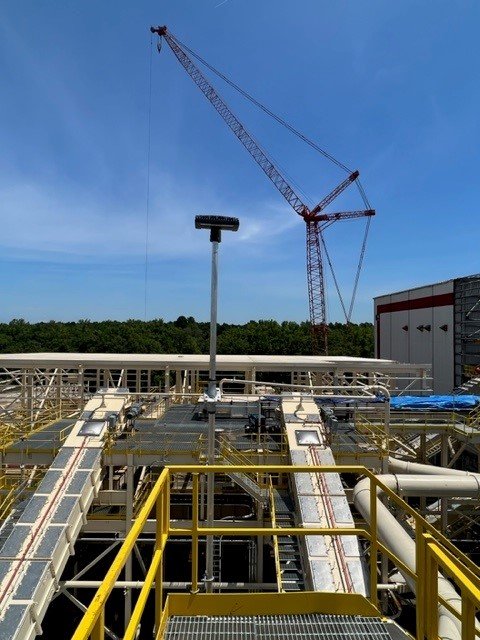Distributed Control Systems: An Integral Piece of Process Life
When it comes to maximizing productivity and prolonging the life cycle of a manufacturing process, updating mechanical components is only half the equation. Updating the control system is just as valuable. Not only can control systems extend process life, but they can even improve reliability. A few recent customer projects are great illustrations of the importance of a control system.
The data highway for plant process communications is a “distributed control system” or DCS. The DCS manages the flow of critical information as it travels back and forth between field devices and an operator console in a control room. It allows for automation of one or many processes and even entire plants. Modern systems offer both local and remote monitoring capability.
DCS designs can be completely customized. Engineering drawings outline the pieces and parts of a system and how data will be controlled (programming logic). Valves, motors, transmitters, and sensors on field equipment automatically transmit readings to a network of distributed processors located in remote panels throughout the plant. The remote panels are where the magic really happens as data is converted and transmitted to visual, intuitive displays. Plant operators can simultaneously monitor multiple processes and respond to concerns in one part of the plant without impacting other processes. Other plant systems can be integrated and linked to the main DCS, including safety systems and fire and gas monitoring systems. The use of redundancy with controllers, field devices, input/output (I/O) cards, and network communication device provides reliability for critical processes.
Programming a DCS is also part of installation. Before start-up, logic can be checked through simulation, and changes made without manipulating field devices. Ongoing maintenance includes regular control system backup routines, especially after making a change. In addition to providing a conditioned environment for processors, DCS components need regular cleaning to remove dirt and dust. Programming software will require updates and should be protected with cybersecurity software. Maintenance teams contribute by documenting these tasks.
When the time comes to replace an obsolete DCS system or convert an existing plant to a new system, control system providers also offer a mechanism to convert existing programming to a new controller. Some engineering and programming may still be involved. Plan for a downtime event to reload software and conduct testing. With careful planning and good communication, a DCS replacement project can be accomplished in a planned outage. The duration is directly proportional to the extent of the components being replaced, but sometimes a project like this can happen in a matter of a few days depending on the I/O count.
If you are looking to increase the life and reliability of one process or many, the following projects recently completed by SEFA are useful illustrations of three very different DCS project objectives and methods:
Example 1:
A chemical processing customer sought to migrate their dated control system to a Siemens PCS7 platform. The previous control system provided them with reliable service for over a decade, but the customer did not want spare parts and reliability concerns to affect the productivity of their plant. As part of the project, the controller, I/O, HMI’s, and safety systems were upgraded. The local and remote I/O cabinets were installed before taking the system down in order to decrease overall plant downtime. Because there were several chemical processing areas, the migration was managed as a “phased-in approach.” The result was a migration with over 2,500 I/O being upgraded to the latest technology and the reassurance of reliable service for years to come.
Example 2:
A manufacturing plant performed a capital project to increase their overall throughput. The addition of a remote Emerson Delta V control system was engineered and built by a separate control system integrator. Our scope of work was to install the new infrastructure and provide the connectivity to integrate it into the existing system, and complete the conduit, wiring and terminations. Our technicians also assisted the control system integrator with the start-up and commissioning phase activities.
Example 3:
An electrical generation facility installed a new natural gas boiler to replace their dated unit. While package boilers can be supplied with “canned” control systems from the manufacturer, this customer wanted to monitor and control the process with their existing Emerson Ovation control system. The customer supplied the remote I/O for the integration, and we supplied the know-how to install it. This installation included the safety instrumentation system and the process control portion.



